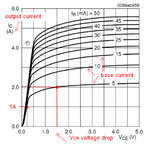Follow along with the video below to see how to install our site as a web app on your home screen.
Note: This feature may not be available in some browsers.
The ISP header is completely BAD afaik. And if You plugged in the USB cable there, those two port could be burned.
